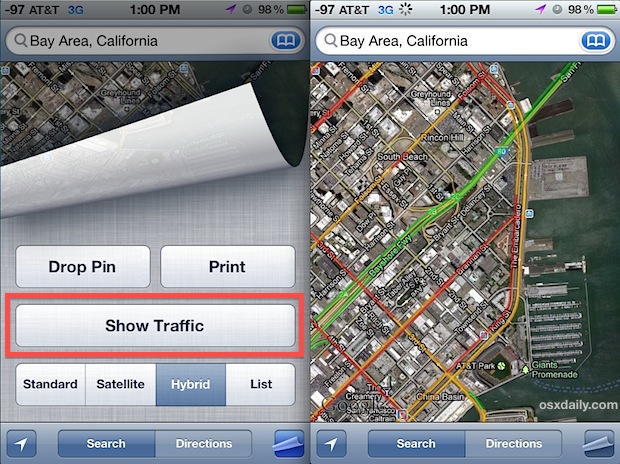


4,2km mostly flat (3km), but a climb towards the end (1,2km): 17min.4,2km almost flat but slightly uphill: 15min.4,2km almost flat but slightly downhill: 14min.I just checked with two cycling routes near my home, both 4,2km long according to Google, one almost flat, the other with a climb towards the end (obviously going downhill the other direction). For instance if a flat, straight rail-trail is heavily overgrown with brush to where you must slow to maneuver around a thicket of overhanging branches, it captures that reality.Īt least for bikes it does (assuming the topographical information mentioned in the comment is available). This provides a very authentic transit time without having to do deep calculation on the effect of grades, tight curves, congestion and road condition on ideal travel times. This tracking is fairly continuous, even when the screen is off, which means Google knows when you stop for a break, and excludes that time from the data. You can deny Maps access to your location, but then of course, it wouldn't work at all. And yes, you agreed to be a lodestar for others, at some point when you clicked "agree" on a term-of-service while interacting with a Google product. Google "spies on you" and observes your movement, nominally for this exact purpose (but they won't refuse a subpoena in most cases). It knows you're on a bike, not driving, because you requested a bike route, and because your travel time is not an outlier from other people doing the same.Īnd that's also true for driving though of course Google gets more data for drivers, so driving data is fresher. The Google Maps app "constantly" sends data about your location back to the Google servers. Google Maps learns travel times by monitoring the pace of other riders.


 0 kommentar(er)
0 kommentar(er)
